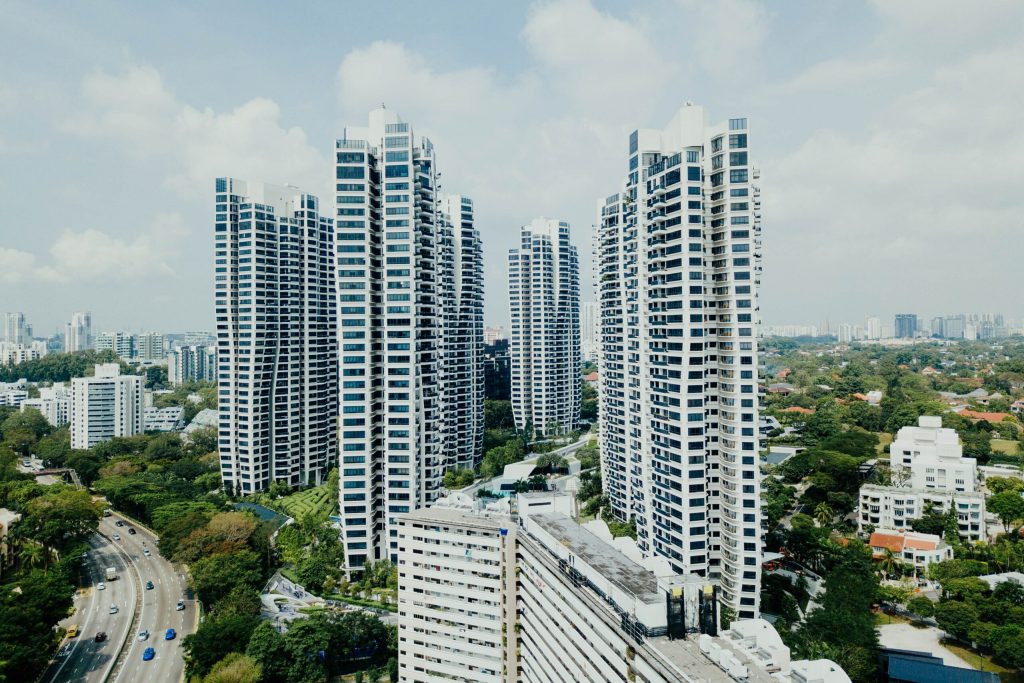The US real estate climate has been particularly volatile over the past two years due to the impact of COVID-19, and with the industry preparing to embrace a post-pandemic world, affordable housing construction and investment have been spearheading discussions.
Among the most significant trends across residential housing is more robust ventilation systems in living areas of affordable and assisted living projects to provide a higher quality of life for its occupants. As many of these residents do not leave their apartments often, it is important to bring fresh air to them and ensure high-quality ventilation systems.
Moreover, as industry trends tilt toward safer and more efficient HVAC systems, it is also crucial for these models to be sustainable solutions that are cost-effective and keep operating costs down. Because the state often subsidizes affordable and supportive housing developments, developers give incentives to those subsidies, making complexes more sustainable and environmentally friendly.
The 2021 landscape has seen a heightened demand for affordable community-oriented buildings. Because remote workers do not leave their homes as often and hybrid working models are becoming more accepted, developers, AEC and MEP firms should invest in a future of developing sites that prioritize more community spaces. Whether these spaces include outdoor gardens, open floor plans, or rooms with extensive amenities where people can congregate prudently, large open areas are most attractive in today’s living environment.
One of EP Engineering’s most recent affordable housing developments, a development located in Yonkers on Locust Hill Ave’, incorporated these trends. The development included energy recovery ventilator (ERV) systems used to ventilate community-oriented spaces, such as recreation and office spaces. Locust Hill utilized high-efficiency, fully electric building systems including electric air source heat pumps for heating and cooling and domestic hot water. On-site renewable energy generation from a large rooftop solar photovoltaic system complement the building’s fully electric design. The facility was designed to meet Passive House requirements, with ultra-tight building envelopes and insulation values, resulting in low heating and cooling demands. The building was so successful at reducing its carbon footprint that it was a recipient of a NYSERDA Building of Excellence award.
Another recent EP project, located at 161-01 89th Avenue in Jamaica, Queens, also includes affordable, sustainable, and comfortable living trends. The complex incorporates centralized ERV systems that provide consistently high indoor air quality in living spaces at a low energy cost, energy-efficient VRF systems that provide heating and cooling throughout the building, and supplemental Air-Purifiers in communal spaces. EP invests in these strategies due to their ability to further reduce a home’s utility and maintenance costs, improve the lives of the tenants, and revitalize the surrounding areas and the community as a whole.
Because we cannot expect to return to how life was before the global pandemic, it is essential to understand the implications of developing profitable and modern affordable housing solutions, and EP Engineering is at the forefront of creating lasting, investable, and sustainable designs.


